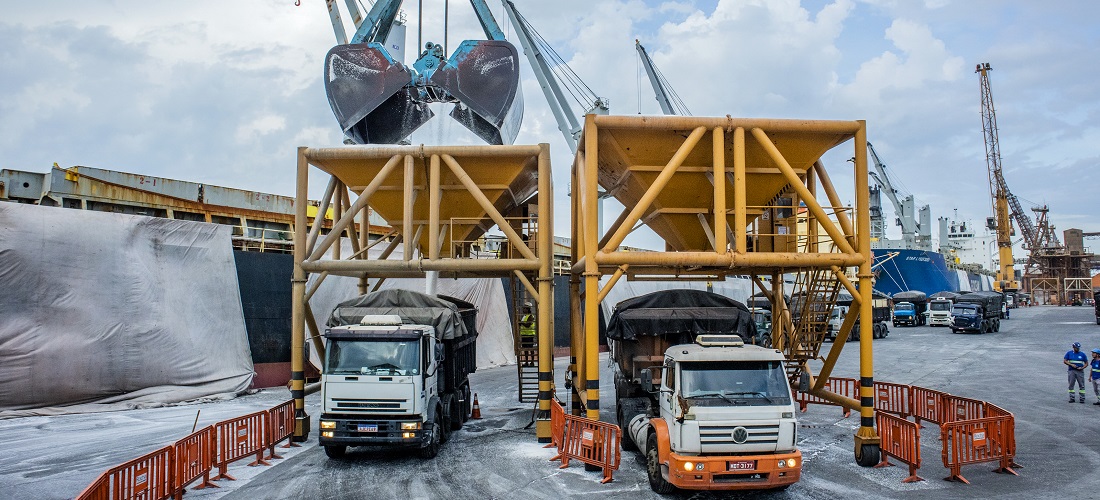
Paraná reduces its dependency on Russian fertilizers
Mar, 25, 2022 Posted by Gabriel MalheirosWeek 202212
According to data from the Secretariat of Agriculture, the total amount of fertilizers imported by the state of Paraná totaled 2.67 million tonnes, with an investment of US$ 908 million.
In the first two months of 2022, the state imported 475 thousand tonnes of the input. Russia’s share of the total unloaded so far is 22%, with 105,000 tonnes totaling US$ 256 million. The primary raw material imported is potassium chloride.
The organization also stated that Russia’s participation has recently slowed as Brazil has begun to diversify the countries from which it imports.
Russia exported 27% (677 thousand tonnes) of the total volume of fertilizers that arrived at the ports of Paraná in 2019 (2.28 million tonnes). In 2020, the state imported 2.35 million tonnes, 645,000 of which came from Russia, maintaining the 27% share.
Last year, Russia’s share fell to 20%, with 640 thousand tonnes of the total volume of 2.67 million shipped directly to Paraná. Also, in 2020, Canada and China’s share was 17%, while Belarus’ was 15%.
Crops such as soybeans, wheat, beans, and corn rely on these inputs. Nitrogen, phosphorus, and potassium are the three most important mineral fertilizers. The first two are produced in Brazil, albeit in insufficient quantities.
See below what were the five most imported products that arrived at the ports of Paranaguá and Antonina in the period between January 2020 and January 2022. The data is from DataLiner.
5 major imports in Paranaguá and Antonina | Jan 2020 – Jan 2022 | TEU
Source: DataLiner (click here to request a demo)
Fertilizer costs ranked first in total spending, according to data from the Department of Rural Economy (Deral). The variation began at 16% in the second soybean harvest and increased to 31% in the first corn harvest.
Rural producers paid nearly R$16.00 in fertilizers for each unit of 60kg grain sack during the first corn harvest and the two soybean harvests. In the case of wheat, the input application cost R$29.57 per bag. Producers also paid R$37.89 for the product during the first bean harvest, while, in the second, prices went up to R$41.74.
Source: Canal Rural
To read the full original article, please go to:
-
Fruit
Sep, 23, 2024
0
Argentine cherry exports poised for growth
-
Grains
Jul, 26, 2021
0
China’s soybean imports expected to decelerate sharply at the end of 2021
-
Meat
Aug, 19, 2022
0
Beef: Mato Grosso-based meatpacker clear to export to China again
-
Other Cargo
Jul, 13, 2021
0
Harvest begins despite glyphosate shortage


